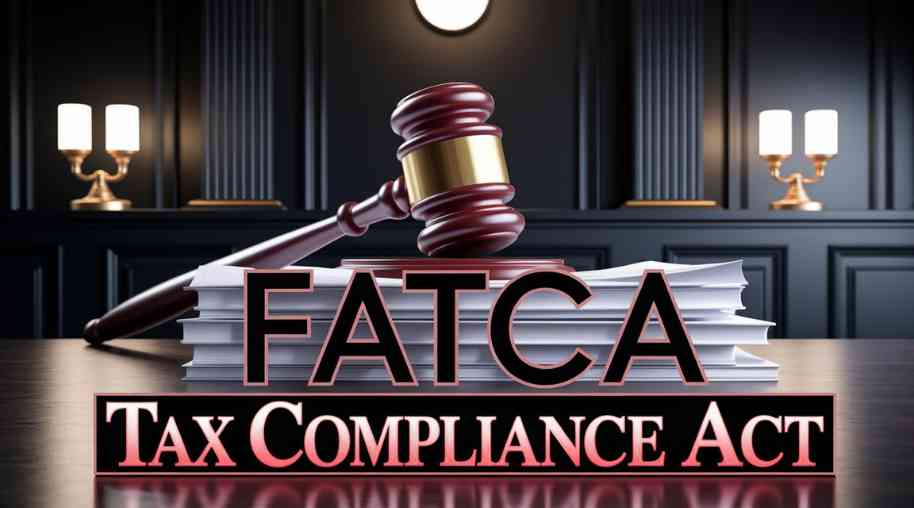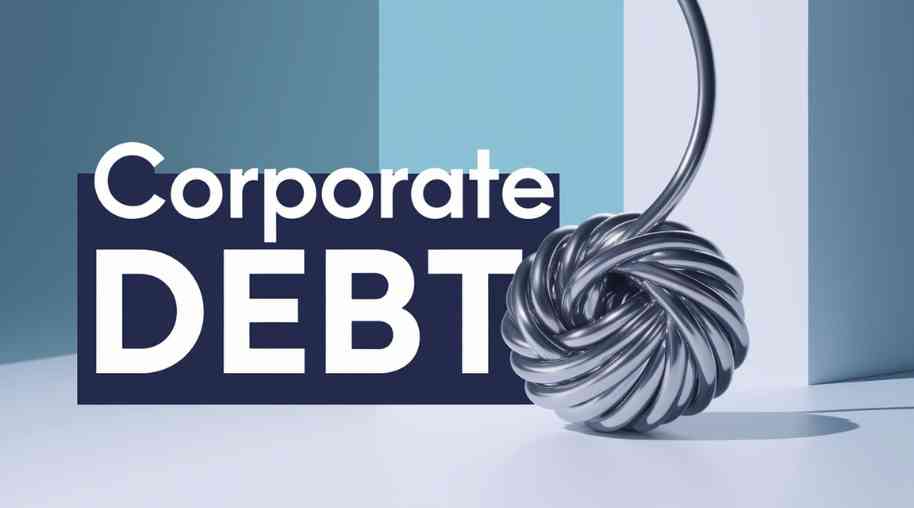DRAT Full Form - Debt Recovery Appellate Tribunal
by Shashi Gaherwar
0 1821
Debt Recovery Appellate Tribunal: Resolving Financial Disputes and Ensuring Fair Debt Recovery
The Debt Recovery Appellate Tribunal (DRAT) is a key appellate authority under the Recovery of Debts and Bankruptcy Act, 1993, and SARFAESI Act, 2002, addressing appeals against Debt Recovery Tribunal (DRT) rulings in financial disputes and NPA recovery.

This article explores the functions, structure, jurisdiction, and challenges of the DRAT.
What is the Debt Recovery Appellate Tribunal?
The DRAT is an appellate body where parties dissatisfied with DRT decisions can appeal for review, ensuring fair resolution in loan default and financial dispute cases.
Objectives of DRAT
The DRAT aims to:
- Provide Fair Appeals: Review DRT decisions impartially.
- Ensure Speedy Resolution: Expedite financial disputes.
- Protect Rights: Safeguard borrowers and banks.
- Enforce Compliance: Uphold banking laws.
Structure of Debt Recovery Appellate Tribunal
The DRAT structure includes:
- Presiding Officer: Chaired by a former High Court Judge or experienced judicial officer.
- Jurisdiction: Oversees appeals from multiple DRTs within its region.
- Locations: Five DRATs in Delhi, Mumbai, Chennai, Kolkata, and Allahabad.
Functions and Powers of DRAT
The DRAT performs:
- Hearing Appeals: Reviews DRT orders with a 50% pre-deposit, adjustable at discretion.
- Case Review: Ensures compliance with SARFAESI and RDB Acts, modifying or upholding rulings.
- Speedy Disposal: Resolves cases quickly to reduce court backlogs.
- Borrower Protection: Prevents unfair asset seizures or coercive recovery.
- Legal Compliance: Ensures banks follow legal frameworks.
Legal Framework Governing DRAT
The DRAT operates under:
- RDB Act, 1993: Governs DRTs and DRATs for loans above ₹20 lakhs.
- SARFAESI Act, 2002: Enables asset seizure and appeals to DRAT.
- IBC, 2016: Handles insolvency cases.
Challenges Faced by DRAT
The DRAT encounters:
- Heavy Caseload: Backlogs due to high appeal volumes.
- Legal Complexities: Prolonged battles from multiple appeals.
- Compliance Issues: Non-adherence to DRAT rulings.
- Limited DRATs: Only five tribunals hinder accessibility.
Importance of DRAT in the Banking and Financial Sector
The DRAT contributes by:
- Preventing Defaults: Resolves NPAs efficiently.
- Balancing Rights: Mediates between borrowers and lenders.
- Enhancing Credibility: Ensures banks follow legal limits.
- Supporting Growth: Frees capital for economic use.
Future Reforms and Recommendations for DRAT
Future improvements for the DRAT include:
- More DRATs: Increase tribunals for faster resolutions.
- Digital Systems: Online filing and virtual hearings.
- Simplified Procedures: Affordable recourse for small borrowers.
- Regulatory Oversight: Strict compliance with DRAT rulings.
The Debt Recovery Appellate Tribunal (DRAT) is essential for fair debt recovery, protecting borrowers and enabling banks to recover loans legally. Enhancing its system with more tribunals and digitalization will boost financial stability.
Further Learning Resources
If you’re passionate about building a successful blogging website, check out this helpful guide at Coding Tag – How to Start a Successful Blog. It offers practical steps and expert tips to kickstart your blogging journey!
For dedicated UPSC exam preparation, we highly recommend visiting www.iasmania.com. It offers well-structured resources, current affairs, and subject-wise notes tailored specifically for aspirants. Start your journey today!

Share:








Comments
Waiting for your comments